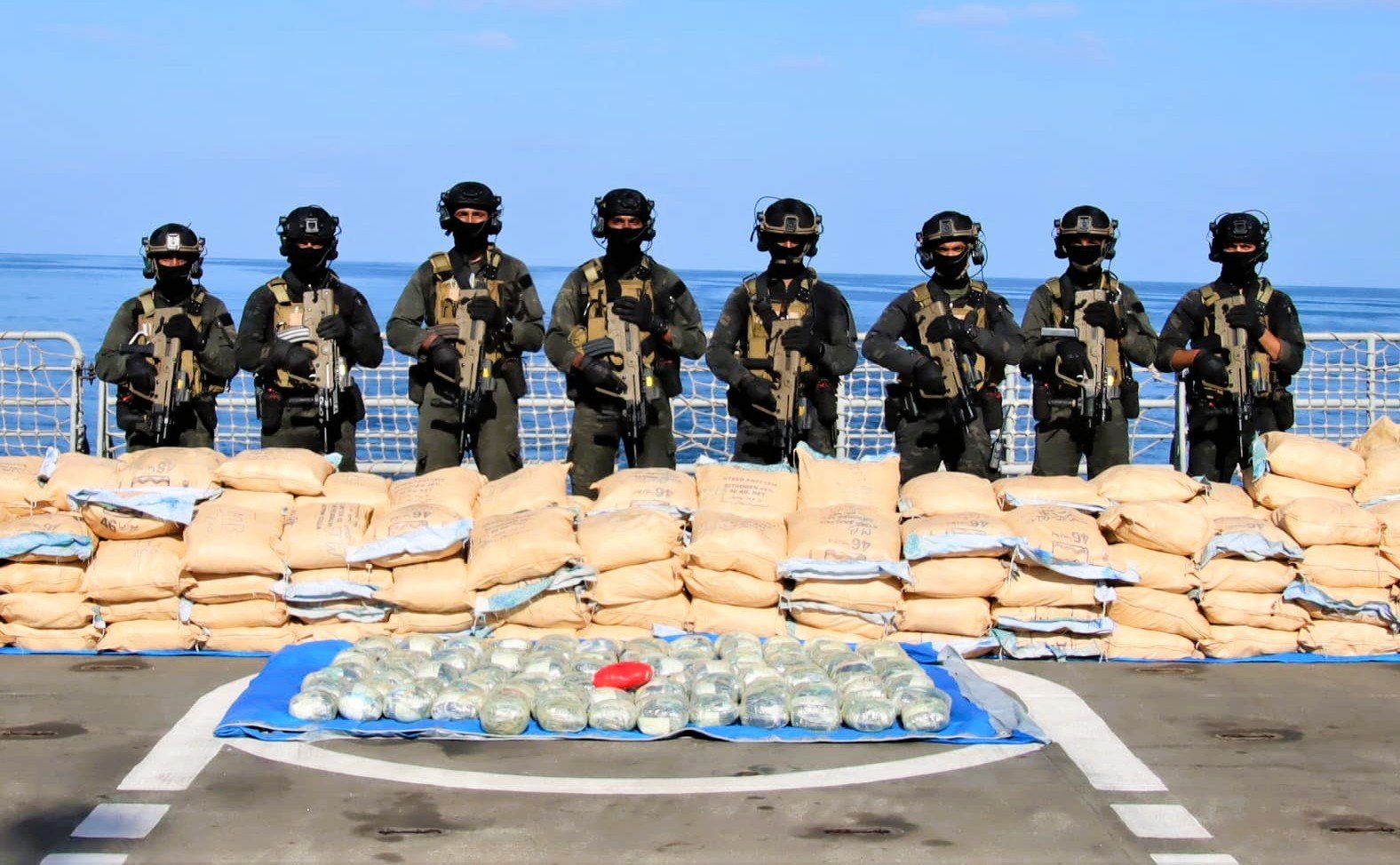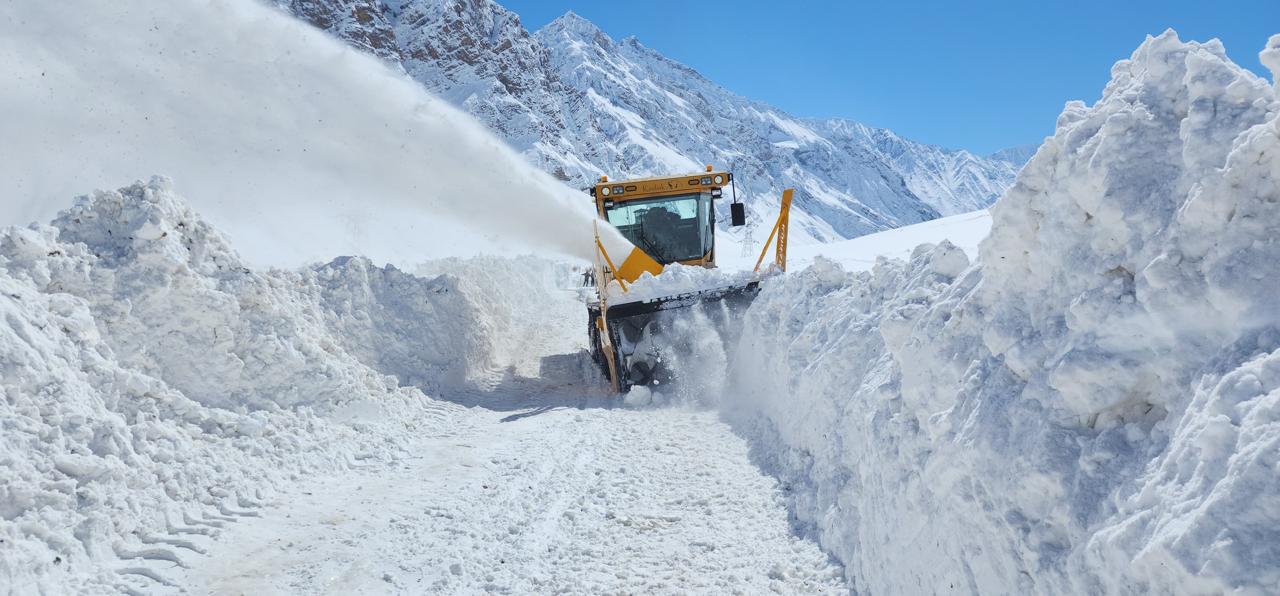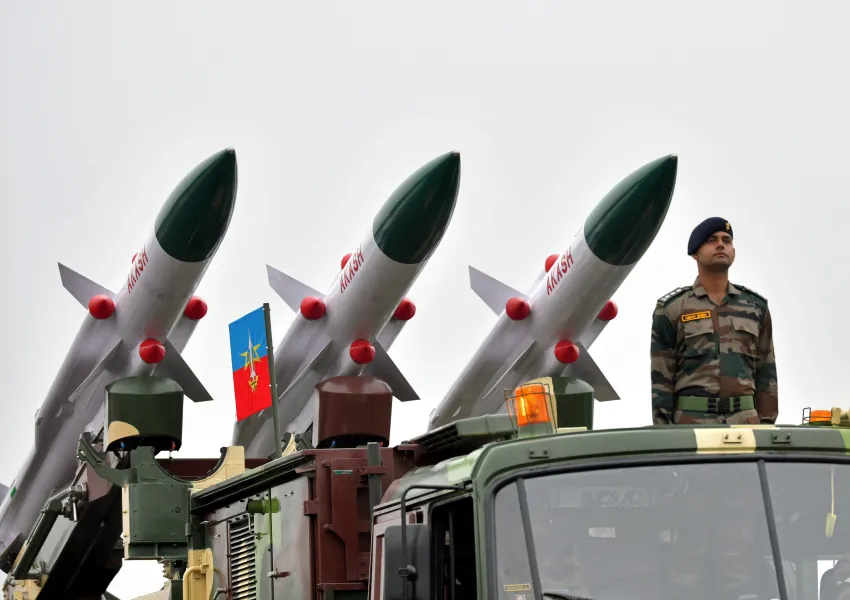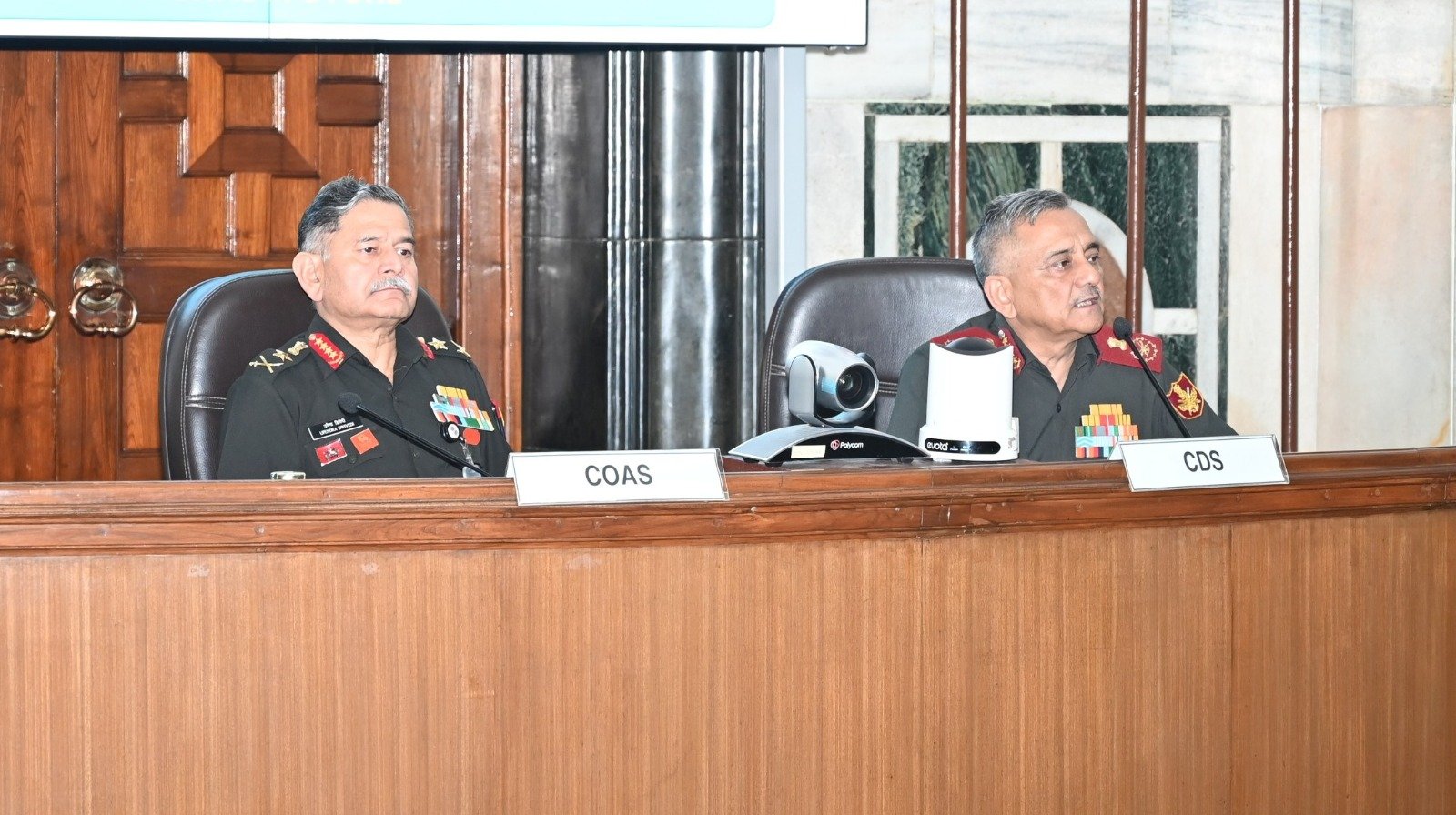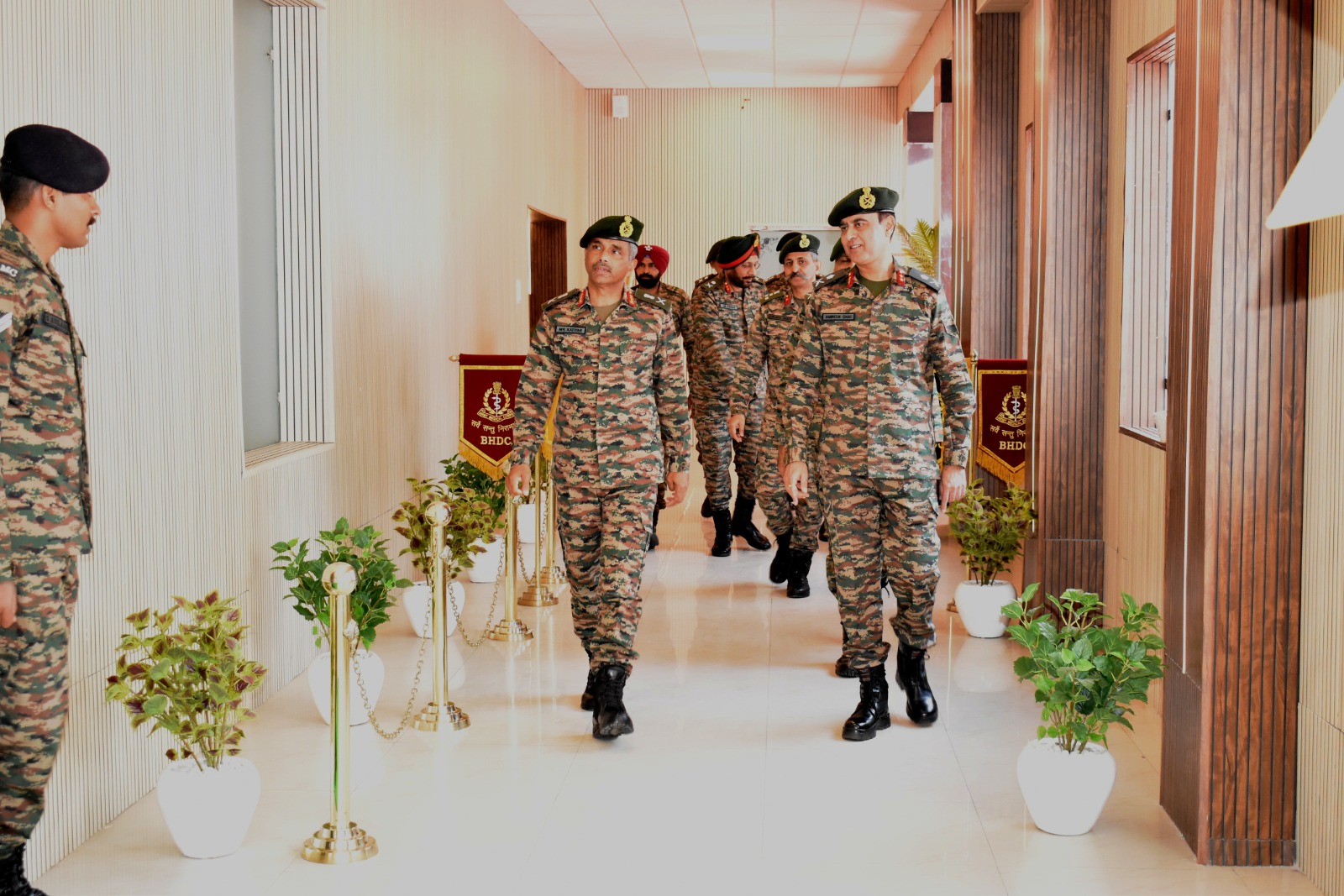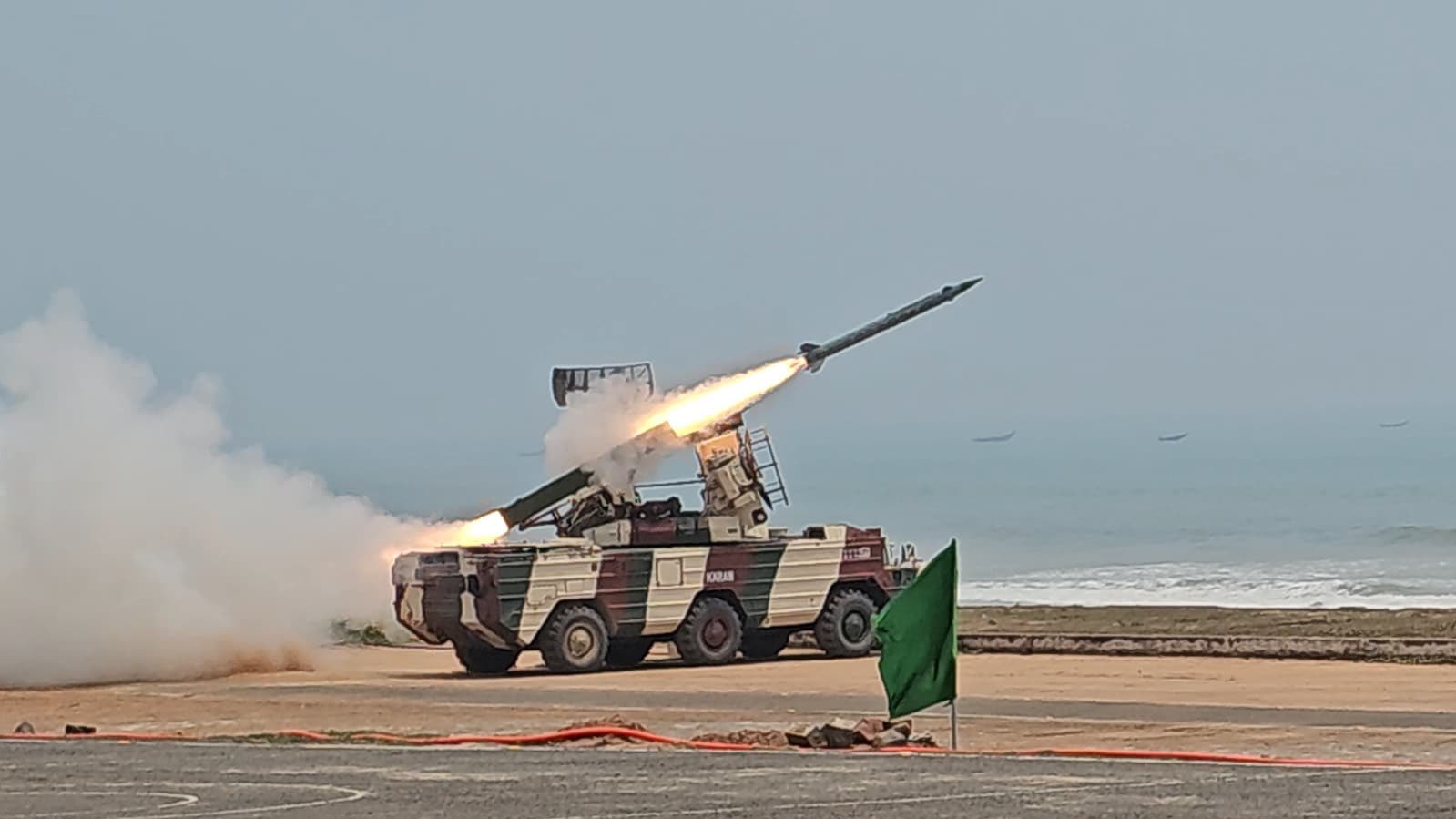Indian Navy MARCOS Seizes 2,500 kg of Narcotics in Major Maritime Operation in Western Indian Ocean
New Delhi, 02 April 2025: In a significant blow to maritime drug trafficking networks, INS Tarkash, a frontline frigate of…
BRO Reopens Zojila Pass in Record 32 Days, Restores Vital Connectivity to Ladakh
In a landmark achievement, the Border Roads Organisation (BRO) has reopened the Zojila Pass in a record time of just…
India’s Defence Exports Reach Record High of ₹23,622 Crore in FY 2024-25, Marking 12.04% Growth
India’s defence exports have achieved a record high of ₹23,622 crore (approximately USD 2.76 billion) in the Financial Year 2024-25,…
Army Commanders’ Conference 2025 Commences in New Delhi
The Army Commanders' Conference, a premier biannual event of the Indian Army’s apex leadership, commenced in New Delhi today and…
Lt Gen Manoj Kumar Katiyar Inspects Base Hospital Delhi Cantt, Emphasizes Quality Healthcare for Armed Forces
Delhi, April 1, 2025 – Lieutenant General Manoj Kumar Katiyar, PVSM, AVSM, General Officer Commanding-in-Chief of the Western Command, conducted…
Indian Army’s White Tiger Division Demonstrates Air Defense Prowess with Successful OSA-AK Missile Firing at Gopalpur
The Indian Army’s White Tiger Division, under the Southern Command, showcased its operational readiness and technical expertise in a live…

